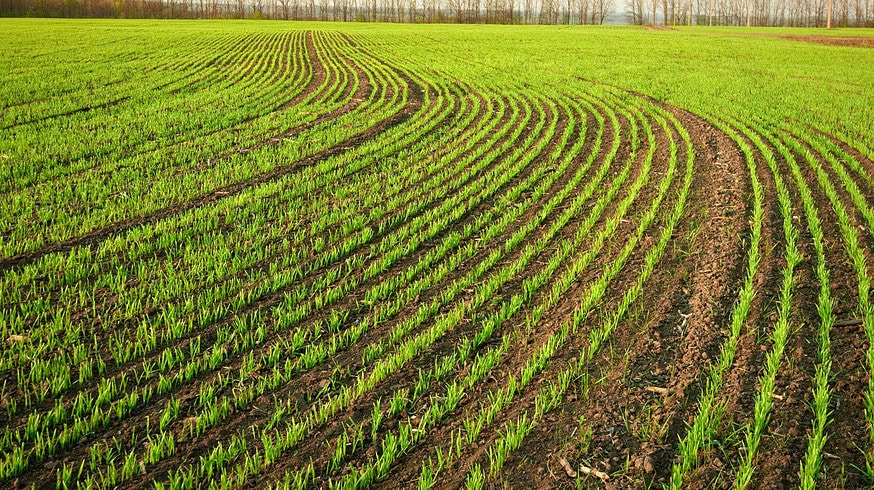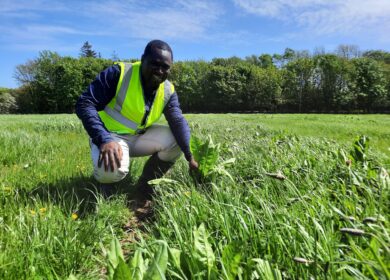Mixed cover crops could be the future of sustainable farming

Agriculture confronts numerous challenges, ranging from climate change to soil degradation. A recent study highlighted in the journal Agriculture, Ecosystems & Environment reveals a promising approach to these issues: utilizing cover crops as “living mulch.” This research, spearheaded by the Institute of Applied Ecology at the Chinese Academy of Sciences in Shenyang, focuses on the benefits of intercropping maize with various cover crops to improve soil health and nutrient cycling.
Dr. Li Zhang and her team conducted extensive experiments in Changtu County, northeastern China. They explored how different cover crops—legumes, grasses, and their mixtures—affect soil properties, microbial communities, and nutrient availability. Their findings suggest a significant reshaping of sustainable farming practices globally.
Cover crops, grown either alongside or after main crops, play a crucial role in enhancing soil health. They prevent erosion, enrich soil fertility, and facilitate the recycling of plant nutrients. Unlike traditional methods that leave soil bare post-harvest, cover crops offer a proactive strategy to combat soil degradation. Dr. Zhang explains, “Soil degradation poses a threat to food security. Cover crops provide a method to restore degraded farmland without sacrificing productivity.”
The concept of “living mulch” involves planting cover crops between maize rows throughout the growing season, differing from the traditional reliance on decomposing residues. The field study outlined three treatment groups: legumes, known for their nitrogen-fixing capabilities; grasses, which enhance soil structure and carbon retention; and a mixture of both, combining their benefits.
The study assessed soil nutrient levels, microbial activity, and overall ecosystem health. Each cover crop type brought unique benefits. Legumes increased organic carbon and nitrogen, enhancing microbial dynamics and carbon cycling. Grasses supported microbial biomass growth and maintained essential soil nutrient levels. Mixed cover crops, however, provided the most substantial improvements in soil health, showing enhanced microbial activity and balanced nutrient levels.
Dr. Zhang noted the particular effectiveness of the mixed cover crop system for maize intercropping, stating, “This system shows tremendous potential to enhance microbial activity and maintain soil nutrient balance, making it an ideal solution.”
The pressing issue of soil degradation, particularly in black soil regions of northeastern China—key areas for food production facing fertility decline and erosion—can potentially be addressed through this innovative use of cover crops. By improving soil organic matter, balancing nutrients, and promoting microbial diversity, these plants reduce dependence on synthetic fertilizers, benefiting both the environment and farmers by lowering input costs and boosting long-term productivity.
The findings from the Chinese Academy of Sciences extend beyond local implications, offering insights for global agricultural challenges, including nutrient depletion, biodiversity loss, and climate-related pressures. “Our research provides a roadmap for integrating cover crops into farming systems worldwide. It’s a win-win for both farmers and the environment,” concluded Dr. Zhang.
The success of this approach, however, hinges on farmer support through education, resources, and policy incentives to adopt cover crop practices. Future research will likely focus on optimizing plant mixtures for various regions and understanding the long-term economic benefits to ensure widespread adoption.
Enjoyed this story?
Every Monday, our subscribers get their hands on a digest of the most trending agriculture news. You can join them too!













Discussion0 comments